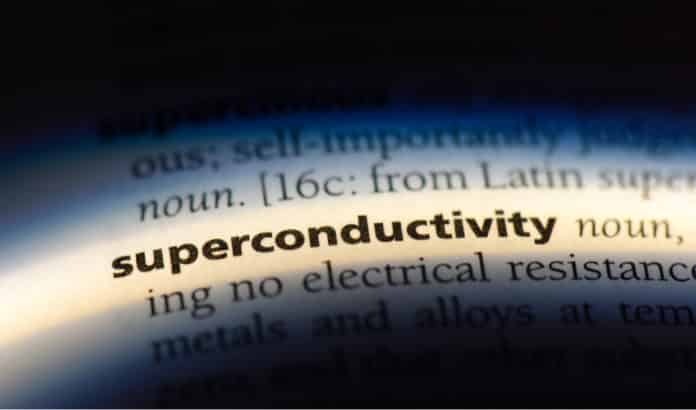Superconductivity in Nickle Oxide
Researchers at the Department of Energy’s SLAC National Accelerator Laboratory & Stanford University have made the first nickel oxide material that shows superconductivity. Superconductivity is the ability to transmit electrical current with no loss, thereby increasing efficiency.
Nickelate is the first, is a potential new family of unconventional superconductors that are very similar to the copper oxides, or cuprates. The discovery of these superconductors in 1986 raised hopes that superconductors could operate at close to room temperature and revolutionize electronic devices, power transmission, and other vital technologies.
These experiments were led by Danfeng Li, a postdoctoral researcher with the Stanford Institute for Materials and Energy Sciences at SLAC.
George Sawatzky, a professor of chemistry at the University of British Columbia, said this is a significant discovery. It requires scientists to rethink the various details of the electronic structure and possible mechanisms of superconductivity in these materials. Professor Sawatzky was not involved in the study but wrote a commentary that accompanied the paper in Nature.
Superconductivity in Nickle Oxide- The Difficult Path to Discovery
Ever since the cuprate superconductors were discovered, researchers have been trying to develop similar oxide materials based on nickel, which is right next to
copper on the periodic table of the elements.Danfeng Li said that the researchers needed to start with something that they can stably grow at high temperatures and then transform it at lower temperatures into the form they wanted.
He started the experiment with perovskite. It is a material defined by its unique, double-pyramid atomic structure that contained neodymium, nickel, and oxygen. Then he went on to dope the perovskite by adding strontium. This is a tedious process that adds chemicals to a material to make more of its electrons flow freely. This led to the creation of “holes” in the Nickel atom. This lead to a substance which was now unstable. Next step was growing a thin film of it on a surface. This step was challenging, which took six months.
After this step, Li cut the film into tiny pieces, loosely wrapped it in aluminum foil. Later he sealed it in a test tube with a chemical that neatly snatched away a layer of its oxygen atoms. This changed the film into an entirely new atomic structure. It was a strontium-doped nickelate. Danfeng Li highlighted that each of these steps had been demonstrated before but lacked a proper combination. He added that once he discovered the Superconductivity in Nickle Oxide, he was unable to sleep the whole night.
Further testing has revealed that the nickelate was indeed superconducting in a temperature range from 9-15 kelvins. This is said to be incredibly cold, but a first start, with possibilities of higher temperatures ahead.
Harold Hwang, a SIMES investigator, professor at SLAC and senior author of this experiment said that this research was in a very early stage adding that a lot of work lies ahead to be completed.
He said scientists will now want to dope the nickelate material in a variety of ways to observe how this affects its superconductivity across a range of different temperatures and determine whether other nickelates can become superconducting.
Author: Rahul Mishra

















































